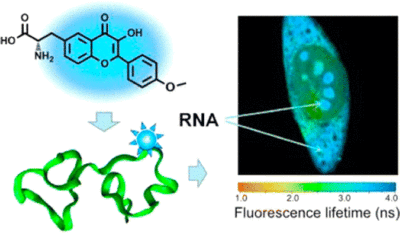Specialized iNANO Lecture: Monitoring Protein-Nucleic Acid Interactions with Environment-Sensitive Fluorescent Amino-Acid and Nucleotide Analogues
Professor Yves Mely, Biophotonics and Pharmacology laboratory, University of Stracbourg
Info about event
Time
Location
Meeting room 1590-213, iNANO, Gustav Wieds Vej 14, 8000 Aarhus C

Professor Yves Mely | |
Host: Associate professor Victoria Birkedal, Interdisciplinary Nanoscience Center, Aarhus University |

